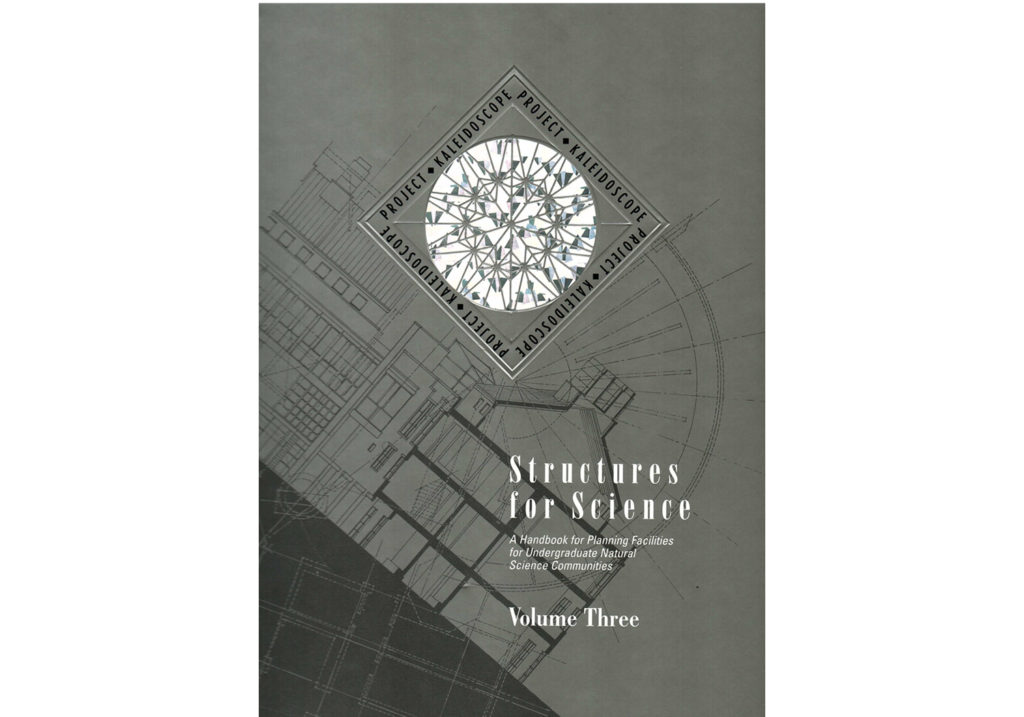The work of the LSC builds on decades of facilities-related initiatives undertaken by Project Kaleidoscope (PKAL), an NSF-funded project (1988) to identify and promote best practices in strengthening undergraduate STEM. The early PKAL leadership group quickly realized that attention to spaces was critical, if larger national goals for undergraduate learning were to be realized. In 1992 facilities planning workshops became an essential part of the PKAL portfolio of activities.
In 1995, PKAL published Structures for Science: A Handbook for Planning Facilities for Undergraduate Natural Science Communities, a guide capturing lessons about what works in planning spaces, lessons distilled from facilities workshops, national colloquia, consultancies, and reports from campuses involved with PKAL.
Together they focus on the very early stages of planning, thus complement reports from the LSC Roundtables being incorporated into the LSC Roadmap.
The opportunity to make a bricks and mortar contribution to an institution may come but once in a lifetime: do not waste it (from Structures).
Jeanne L. Narum
Principal—Learning Spaces Collaboratory (2010 – )
Director Emeritus—Project Kaleidoscope (1988 – 2010)
- Structures for Science: A Handbook for Planning Facilities for Undergraduate Natural Science Communities – Selected Chapters
- I. Foreword (Part One)
As you begin, be especially attentive to the rich possibilities inherent in the planning process for creating and sustaining community on your campus, community within and beyond the disciplines to be housed in the new spaces.
Your goal should be a structure with soul, one which expresses the institution’s values. The spaces should enrich the work and lives of the students and faculty who today do science within its walls, provide a safe and hospitable environment for years to come, and contribute to the humanity of your campus. This will happen if you ask some basic questions about the purpose of the enterprise as you begin and return to those same questions at appropriate times throughout your planning. - II. The Charge to Planners
- III. Focusing on Institutional Mission
- IV. Leadership and Community
- V. Focusing on the Campus
- I. Foreword (Part One)
- Focusing on the Relationship between Mission and Planning Learning Spaces
- The Architect’s Perspective on the Client’s Bill of Rights and Obligations
Excerpted pages:
- Part One
- What Works
- Focusing on What Works
- The Science Facility in Context: The Campus Planners Perspective
- Creating Something New: A Leader’s Perspective
- Looking at an Institution’s Past, Present, & Future: A Trustee’s Perspective
- Community
- Guidelines for Collaboration: The Dean’s Perspective
- What Works: Conclusion
- Some Economics: A Presidential Perspective

